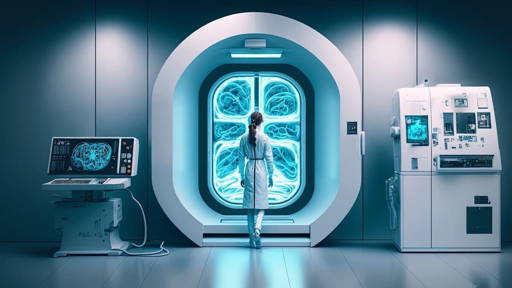Electronic health records (EHRs) were used to improve the quality of care and facilitate clinical decision-making. However, according to recent studies, most health data are still scattered across different applications, stored in narrative format, and redundant.
Digitized and trusted, but poor quality data
After three decades of digitizing health patients' medical files, the promise of better access to high-quality healthcare data supporting better decision-making remains a dream.
Doctors are still condemned to time-consuming analysis of data coming from different sources and stored in various formats, asking patients the same questions, and duplicating laboratory tests. Paradoxically, it's not the biggest problem with medical data—most patients usually see the same doctor over the years, and most of them are diagnosed by general practitioners who prescribe medication or provide required medical services.
A more significant challenge is the quality of data collected in electronic health records, which doctors and nurses used to trust. According to the study Managing Unstructured Big Data in Healthcare System, as much as 80% of the data is stored in narrative, unstructured format. The remaining 20%—billing data, lab results, and medications—are standardized.
Within these 80% are doctors' notes that often contain abbreviations and acronyms, self-created templates, and sometimes random scans of paper documents or data delivered by a patient.
The mess in the data negatively impacts the quality of care. Medical professionals often cannot find the information they seek, so they duplicate data entries. Studies suggest that as much as one-third of the data in electronic health records is redundant.
According to the study Frequency and Types of Patient-Reported Errors in Electronic Health Record Ambulatory Care Notes, "25% of patients found errors in their record, 40% of these were considered very serious".
Another study, EHR-Use Issues and Diagnostic Error: A Scoping Review and Framework, concludes, "The available evidence shows that EHRs pose risks for diagnostic error throughout the diagnostic process, with most issues involving their incompatibility with providers' cognitive processing. "
Yes, every tenth EHR might have serious errors that negatively affect clinical decision-making. Eliminating them at the source is difficult, as human errors occur in every profession.
There are bugs in EHRs. So what now?
Digitalization has made it possible to significantly improve data quality by introducing medical standards (FHIR, SNOMED CD, DICOM, HL7, ICD, LOINC, etc.), standardized data entry practices (structured text and numeric fields), and algorithms to block the entry of erroneous values. Undoubtedly, electronic formats are much more reliable and accessible than paper files. Still, healthcare organizations should take a deeper look at the process of storing and processing data.
Some errors are difficult to avoid, but their negative impact on decisions can be reduced by developing the right strategy. In general, there are four levels of quality of data:
Physician Level: Data entry procedures and data standards
IT System Level: Control mechanisms, alerts, data verification
Facility Level: Staff training, data quality audits, data quality strategy
Patient Level: Acess to own data with the possibility to verify/correct it
Of course, it can't be another doctor's responsibility to verify the data quality. They already have enough struggle with their IT systems and spend far too much time with their computers instead of patients. Thus, the IT system, facility, and patient level are essential.
In the article As a patient, the main reason to be in charge of my health data is to ensure its quality (MyData, 2024), the authors advocate for giving patients and citizens access to data "to ensure correctness, completeness, and accuracy." Such an approach can be part of a solution for better control over data, but it is not the silver bullet. Patients don't always understand the data stored in their EHRs. Some treat the doctor as an authority and do not question their decisions (and the data entered). Others simply don't review the data in the EHR because they see no benefit in doing so.
Therefore, it is equally essential to introduce quality control mechanisms at both the facility and IT system levels. The strategy includes:
- Using IT systems from trusted IT vendors,
- Systematically updating software,
- Knowing the system settings to increase data quality, such as by activating controls,
- Recording data in a standardized way to avoid narrative data,
- Using editable document copy options (e.g., prescription renewal for a patient with a chronic disease, etc.).
- Developing data entry standards for specific patient groups,
- Verifying data by asking the patient follow-up questions when making critical clinical decisions,
- Implementing applications (apps, patient portals) that allow patients to view their data (the patient as an additional verification means) and enable two-way communication between doctor and patient in case of concerns,
- Encouraging patients to review their own data (education),
- Conducting staff training based on the most common mistakes,
- Performing systematic quality control of EHR data.
Diagnostic errors cause more harm to patients than any other type of error. EHRs can help reduce their prevalence if data quality and standards become a priority. Everyone can play an essential role in this process: the citizens as owners and guardians of their data, the doctor entering the data into EHR, the IT system providers implementing alerts and quality check mechanisms, and healthcare organizations adopting specific standards.







